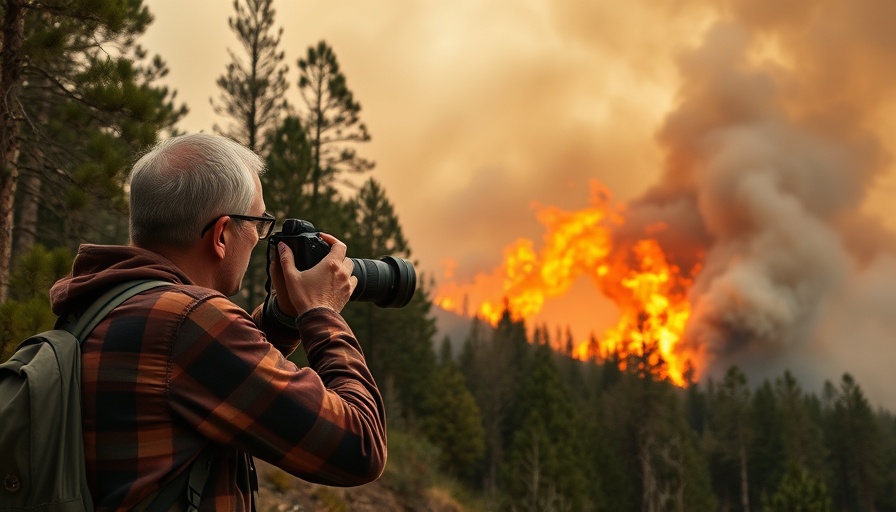
Wildfires Rage in Northern Minnesota: What You Need to Know
The Camp House Fire ignited near Brimson, MN, during a particularly dry spell with low humidity and severe winds, leading to rapidly spreading wildfires that have forced evacuations and destruction. By Monday morning, this fire had grown alarmingly from 750 acres to 1,250 acres, instigating emergency measures and a response from the National Guard as communities braced for further impacts.
The Response of the Minnesota National Guard
In response to this disastrous situation, Governor Tim Walz authorized the Minnesota National Guard to assist in controlling the flames. "Wildfires in northern Minnesota have forced families to evacuate and caused severe damage to and loss of property," Walz stated in a press release. This level of response indicates the urgency and scale of concern far beyond anticipated, highlighting the collaboration between local agencies and military resources. The National Guard's support includes personnel, equipment, and logistical assistance, as they work alongside the Minnesota Department of Natural Resources and local firefighters.
The Jenkins Fire: A Growing Crisis
In the midst of battling the Camp House Fire, another significant fire known as the Jenkins Fire erupted close by, growing to 1,500 acres by evening on Monday. Located about nine miles northeast of Brimson near Fairbanks, this fire presents its own challenges, with authorities reporting that structures have already been engulfed. The close proximity of these two wildfires adds to the strain on firefighting resources and the emotional toll on residents.
Evacuation and Safety Measures
Safety is a chief concern for local residents as over 50 homes have been evacuated due to the escalating threat. St. Louis County Sheriff’s Office reported that at least three cabins have been destroyed thus far, further prompting the urgency of evacuations. Additionally, the U.S. Forest Service has closed the Cadotte Lake Campground to ensure user safety, reminding the public of the unpredictable nature of wildfires and the critical importance of staying informed and prepared.
Understanding Wildfire Dynamics
The dynamics of wildfire spread are influenced heavily by environmental conditions. With sustained low humidity and blustery winds, the flames can jump quickly, turning small fires into larger threats in mere hours. As we witness the Camp House and Jenkins Fires, it serves as a stark reminder of the delicate balance of nature and the power of uncontrolled flames. Moreover, understanding these dynamics can better inform residents on how to create defensible spaces around their homes, reduce fire fuels, and develop emergency plans.
Personal Impact: Stories from the Community
The emotional weight of wildfires is felt acutely in the communities affected. Residents have shared their experiences of evacuating families and pets, leaving behind treasured belongings as they flee from advancing flames. This personal impact serves as a reminder of the human stories intertwined with environmental disasters, urging us to offer support and solidarity amid chaos.
How to Stay Safe During Wildfires
For those living in areas prone to wildfires, adhering to safety protocols is paramount. Experts recommend having an evacuation plan, maintaining an emergency kit, and staying updated with local news. Ensuring clear communication channels with family members, and having preset meeting points, can alleviate stress during emergency situations.
In times of environmental distress such as these wildfires, it's vital to seek out ways to help those affected. Consider donating to local relief organizations or offering shelter to evacuees in need. Together, we can stand resilient against these natural disasters.
 Add Row
Add Row  Add
Add 




Write A Comment